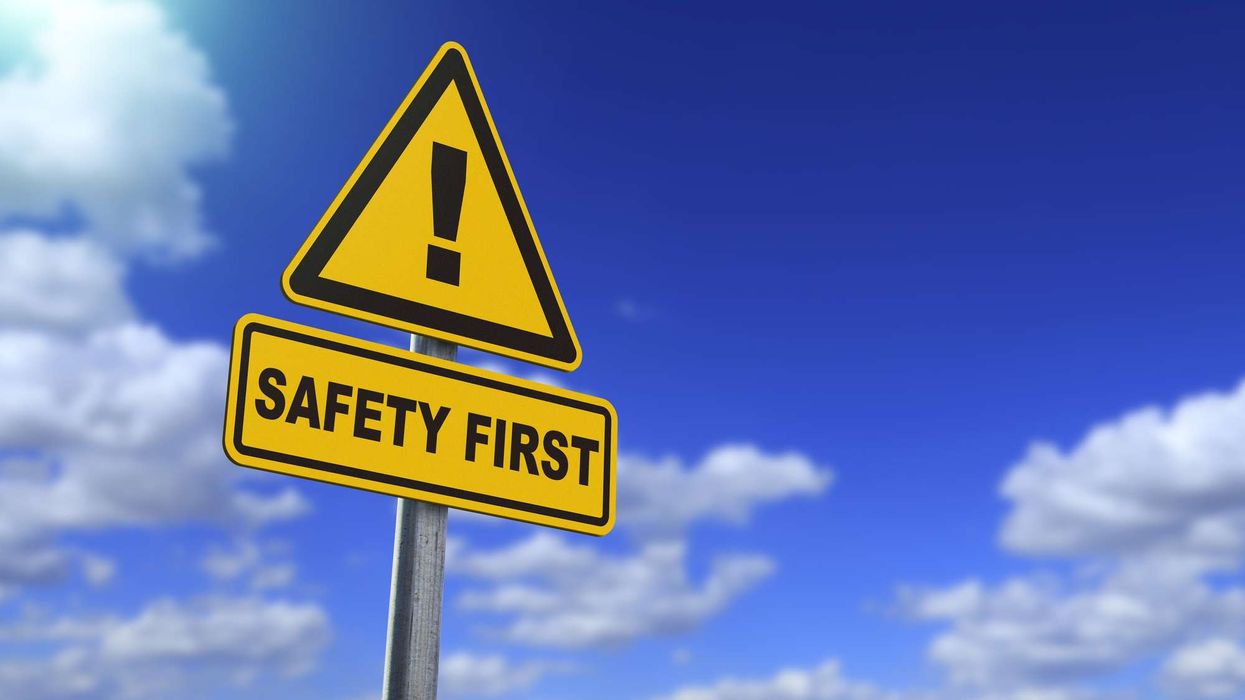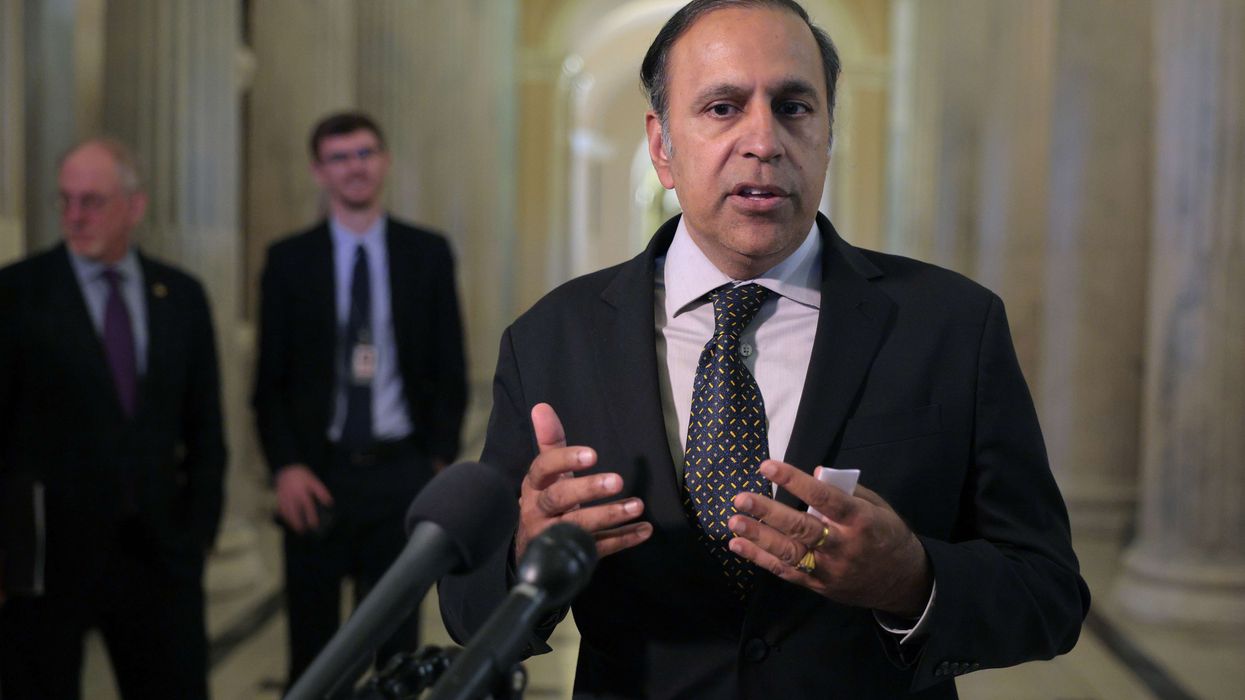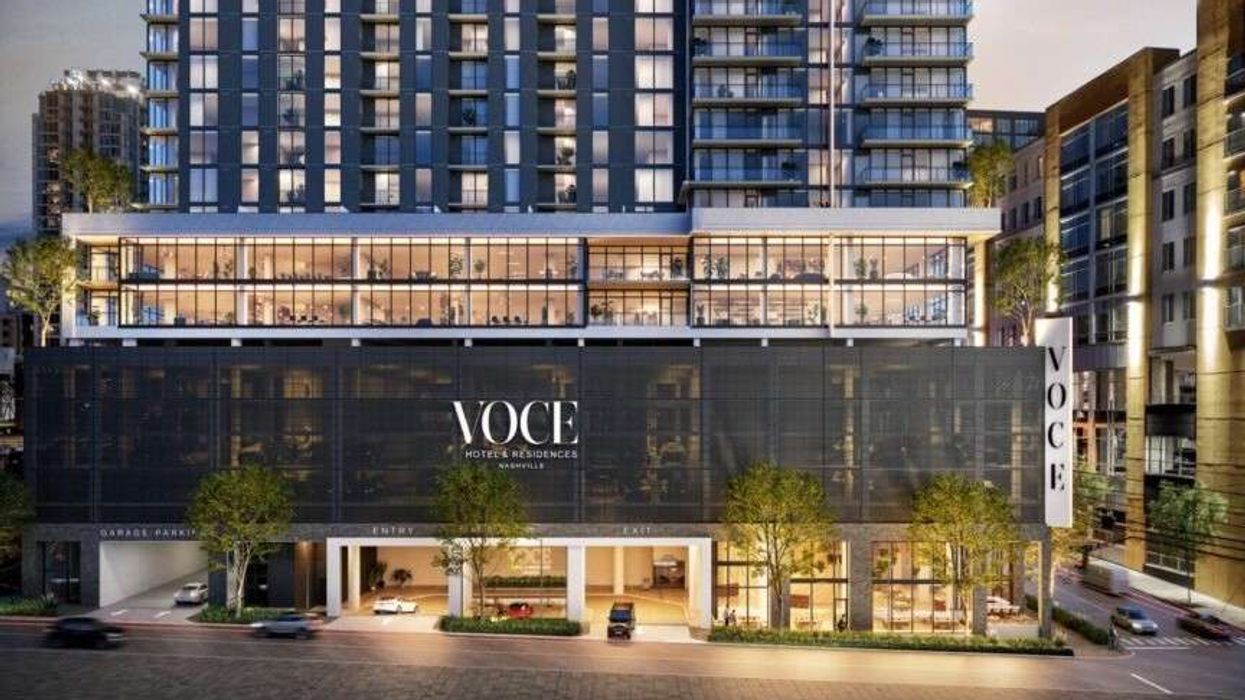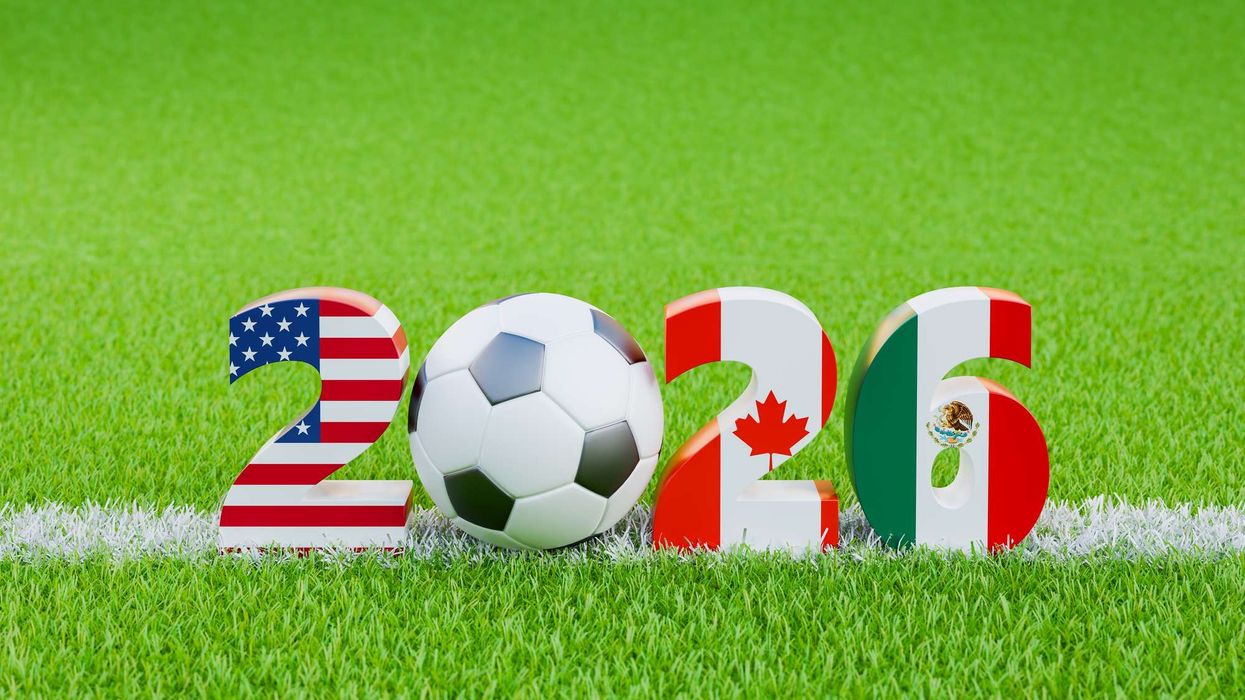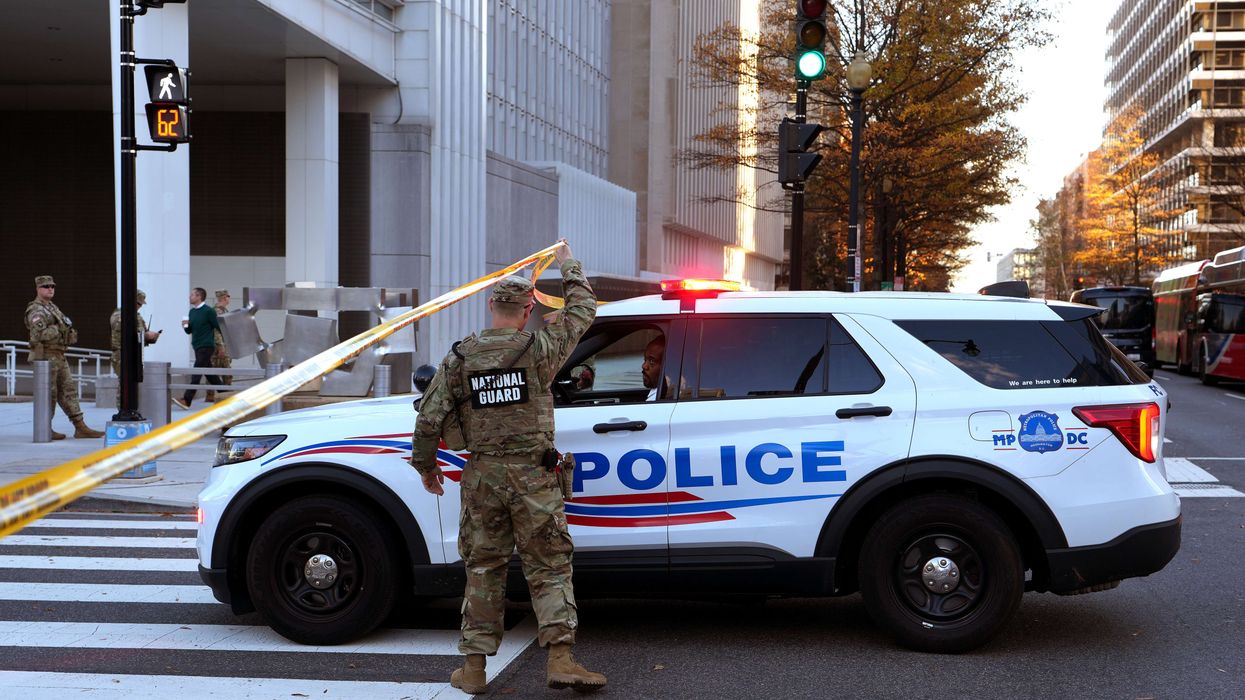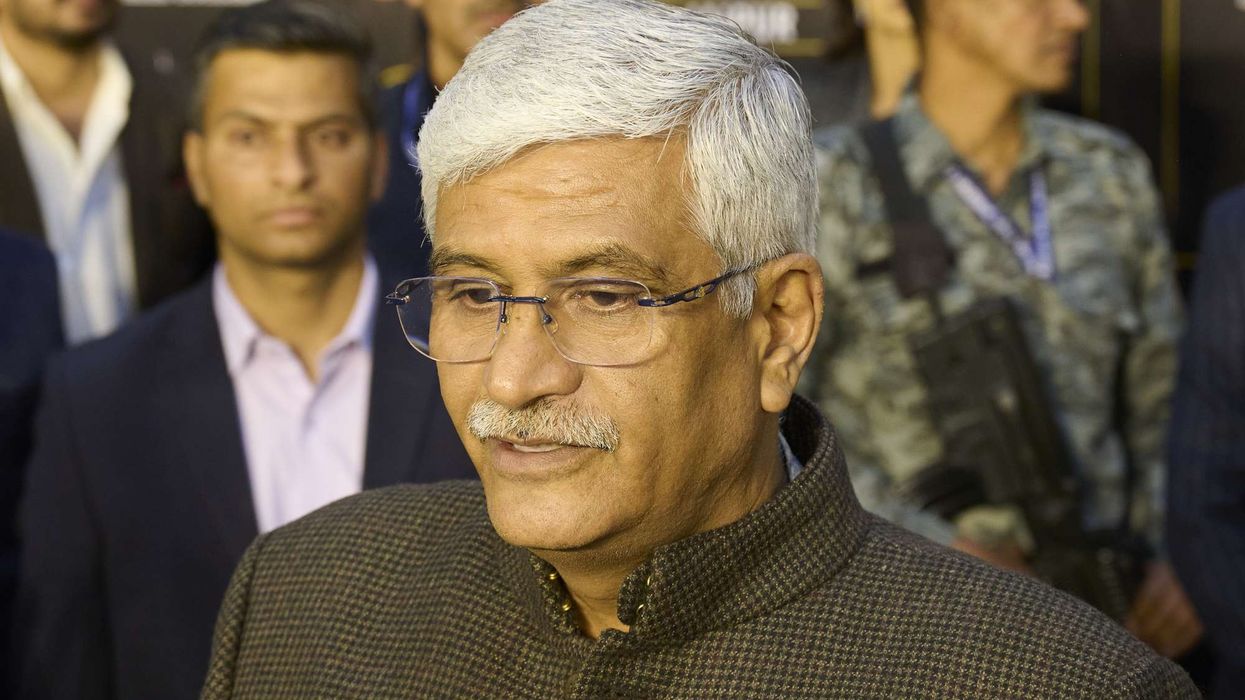THE NUMBERS REMAINED bleak for U.S. hotels during the week ending May 30 following drastic drops in profit in April resulting from the COVID-19 pandemic, but trends of incremental improvement continued, according STR’s deep dive into its data. Upward movement in the international market, including Asia and Europe, bodes well for continued recovery.
Occupancy stood at 36.6 percent during the last week of May, up from 35.4 percent the week before albeit still down 43.2 percent from the same time last year, according to STR’s prior release of the data. ADR was $82.94, down 33.3 percent from the previous year, and RevPAR dropped 62.1 percent to $30.34.
Economy and select service brands still are weathering the downturn better, said Jan Freitag, STR’s senior vice president of lodging insights, in a video. He analyzed the results of STR’s second P&L report, this one for April.
“When you break out the data between full-service and limited-service, hotels, you can actually see that on the limited-service side there actually was some positive momentum,” Freitag said. “On the full-service side, we did not count any properties in our universe that actually broke even.”
For limited-service hotels, an occupancy level of around 40 percent led to positive margins, Freitag said. Full-service properties will probably have to wait a bit longer for occupancy to increase enough to raise GOP and net income as a percentage revenue to turn positive.
Freitag said its new charting of submarkets around the world shows weekly data for occupancy in those submarkets, another sign of recovery.
“Between the week ending April 25 and the week ending May 30, what you’re seeing very, very clearly is that the number of submarkets that showed occupancy levels of below 25 percent is decreasing and the number of submarkets with occupancies over 50 percent is increasing,” he said. “That’s a trend we fully expect will continue.”
As he did in previous deep dives, Freitag compared data on hotel business in China, where the pandemic began, and the U.S. The last week of May’s U.S. occupancy level of 36.6 percent is still trailing China’s of 45.7 percent, he said.
“But, the trajectories are clear and upward pointing, and it’s very good to see that finally, after a long slog of just around 10 percent occupancies the European data finally sees an uptick as stay at home orders and quarantine orders are lifted,” Freitag said.
RevPAR declines were finally down below 70 percent for the week ending May 30, he said, following a boost from Memorial Day weekend.
“Not sure that we’re going to see an equally strong result, if you want to call it that, next week,” he said. “In any case, we fully expect that RevPAR declines are going to be better than minus 70 percent going forward.”
Now STR is tracking only new cases of COVID-19 and finding that as that number goes down so does the amount of RevPAR declines.
Weekend occupancy continues to be very healthy.
“You can clearly see that the weekend leisure traveler is back. That, of course, is not true for all the markets, but not surprisingly the markets that can easily be reached by car, what we call drive-to leisure markets, saw the highest occupancies last week.”
The islands in Hawaii, however, continue to trail on the path to recovery.
Chain scale data pattern remains the same, but the data is getting better across the board. As has been the case, economy and limited-service hotels saw lower declines in occupancy and revenue than hotels on the higher end of the spectrum.
“Interstate hotels continue to see the strongest occupancy of any location types and basically all location types except for urban now show occupancies of over 30 percent,” Freitag said.
The Florida Panhandle and Melbourne/Titusville area saw the highest occupancy levels for the week, 58.7 percent, while the Florida Keys experienced the lowest occupancy level at 9.8 percent.
The Space X launch boosted weekend occupancy levels in Titusville/Cocoa Beach, Florida, 81.4 percent, and Melbourne/Palm Bay, 76.6 percent.
“That is actually better than it was in the same week last year, so these two submarkets year-over-year percent increases, something we hadn’t seen in really any datasets since the beginning of the year,” Freitag said. “So, as you can see, green shoots abound.”


